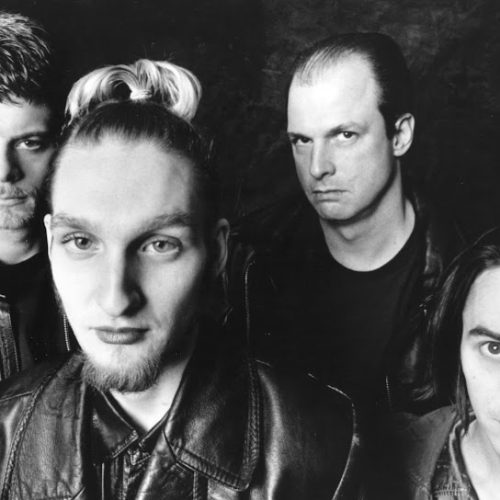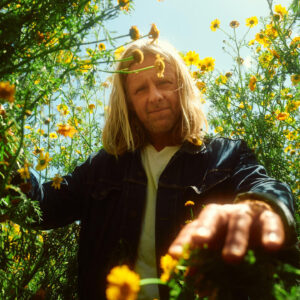For ten long years
The leaves to rake up
Slow suicide’s no way to go
In early 1995, just as the crest of the Seattle wave is beginning to lose shape, preparing to dissipate into a sea of calm, predictable, tepid ripples, a work of quiet genius and generosity is forming.
Pearl Jam’s Mike McCready, fresh from rehab, feels compelled to shine his newly-lit torch on friend and fellow Seattleite Layne Staley (singer and lyricist of Alice in Chains.)
Staley is deeper than ever into his ultimately futile battle against heroin addiction and McCready feels that perhaps forming a supergroup (rounded out by Screaming Trees drummer Barrett Martin and jazz bassist John Baker Saunders) of sober friends might nudge Staley toward taking another first step.
Although Alice in Chains has not toured behind their 1995 self-titled LP (unprecedented for an album that opened at #1 in the rock charts,) there had been no touring and no press. Just seclusion, heroin, and cocaine. Surprisingly, Staley agrees to the invitation and soon pens lyrics to the songs that the other three had more or less completed.
Despite Staley’s long history of penning lyrics veiled in poetry but easily identified as acknowledgement of the crippling nature of his addiction, “Wake Up” seems different. A stern talking-to as raw as the abscesses that dotted his arms and hands (hence the fact he was never seen in public without thick gloves – even while performing.)
Opening with the soft shake of a gentle mother on a school morning, Staley begins with
Wake up, young man
It’s time to wake up
Your love affair has got to go
Staley’s ability to turn his eyes and criticisms inward has always lied restlessly at the heart of his lyrics. And “Wake Up,” void of self-loathing and self-pity, quickly grows wings of desperations as Staley admits
So an infection, not a phase
Like any junkie, his habit likely directed his inner voice to dismiss his use as temporary. A band-aid to be removed once things have healed up a bit. This admission sings volumes of self-awareness and lack of hope. Two things as dangerous as the mixture of cocaine and heroin Staley was so reliant upon.
Rounded out by xylophone, this is not a ‘grunge’ song. It’s a tip-toe through the nuanced musicianship rarely-seen in the full throttle fast lane of the 90s Seattle scene.
Within a few years Mad Season will see irreparable change. Bassist Saunders will die of a heroin overdose in 1999, while Staley, already deep into reclusion, will pass away 3 years later, exactly 8 years to the day after friend and fellow Seattleite Kurt Cobain.







